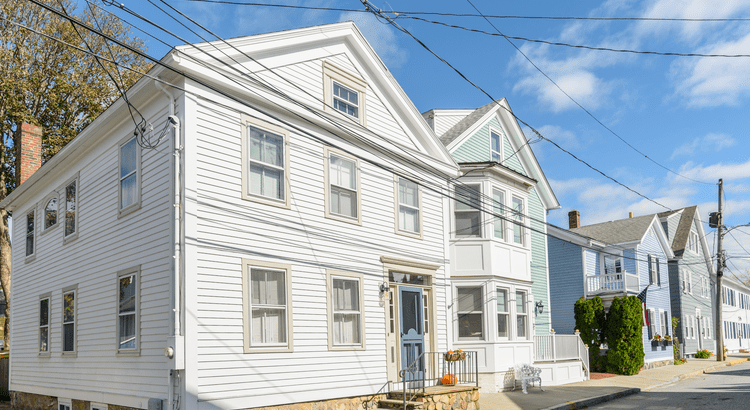

Today’s Tale of Two Housing Markets
Depending on where you live, the housing market could feel red-hot or strangely quiet right now. The truth is, local markets are starting to move in different directions. In some places, buyers are calling the shots. In others, sellers still hold the power. It’s a tale of two markets. What’s a Bu
Read More

Housing Market Forecasts for the Rest of 2025
If you’ve been watching the market, you’ve likely noticed a few changes already this year. But what’s next? From home prices to mortgage rates, here’s what the latest expert forecasts suggest for the rest of 2025 – and what these shifts could mean for you. Will Home Prices Fall? We' know many buy
Read More

Mortgage Rates Are Stabilizing – How That Helps Today’s Buyers
Over the past few years, affordability has been the biggest challenge for homebuyers. Between rapidly rising home prices and higher mortgage rates, many have felt stuck between a rock and a hard place. But, something pretty encouraging is happening. While affordability is still tight, mortgage ra
Read More

Selling and Buying at the Same Time? Here’s What You Need To Know
If you’re a homeowner planning to move, you’re probably wondering what the process is going to look like and what you should tackle first: Is it better to start by finding your next home? Or should you sell your current house before you go out looking? Ultimately, w
Read More
Categories
- All Blogs (212)
- Affordability (9)
- Agent Value (6)
- Buying & Selling (108)
- Buying Tips (28)
- Downsize (1)
- Equity (1)
- First Time Home Buyers (36)
- For Sale By Owner (2)
- Forecast (3)
- Home Buyers (143)
- Home Owner (16)
- Home Owners (16)
- Home Prices (11)
- Housing Market (107)
- Inventory (4)
- Mortgage Rates (44)
- New Construction (7)
- Real Estate (153)
- Real Estate Investing (4)
- Selling Tips (20)
- Selling Your Home (85)
Recent Posts










